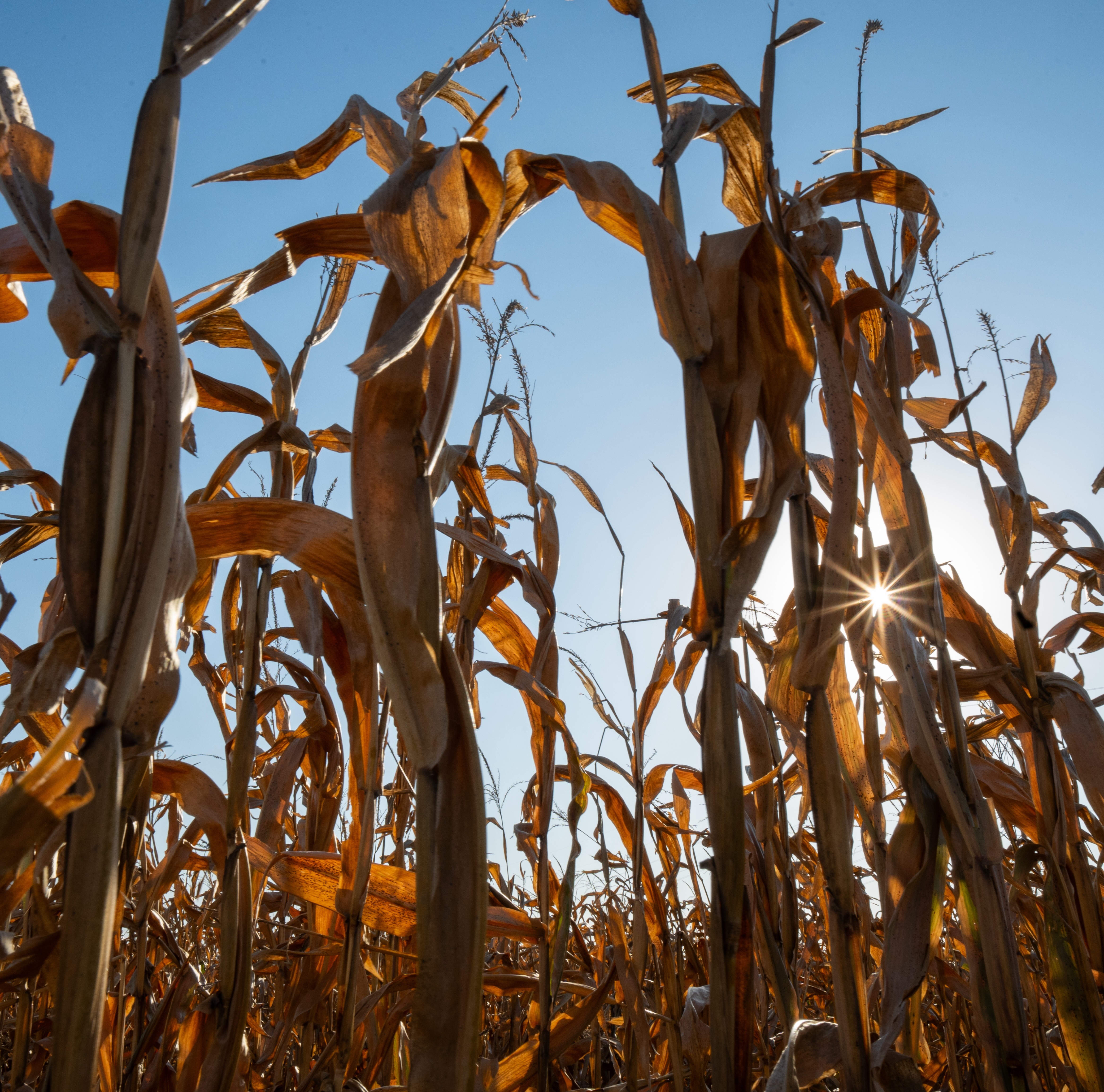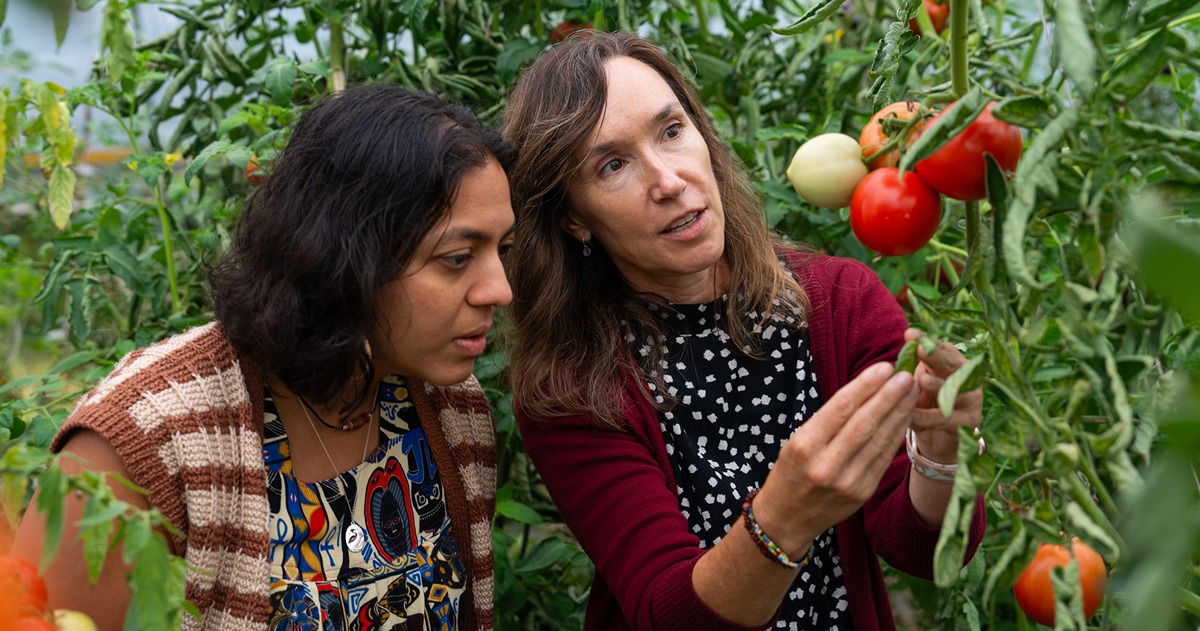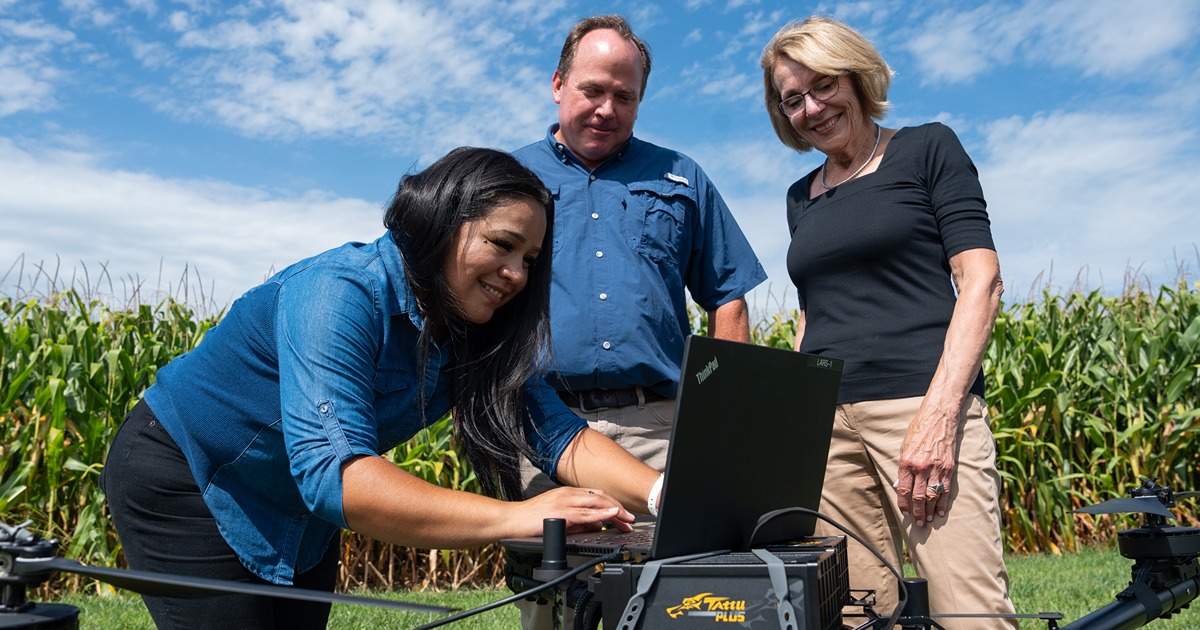Purdue Crop Planning Tool
There is a myriad of ways to plan for a season’s crops and some of them facilitate data analysis. Some are free, some work with other systems (are interoperable), some are constraining. So why another?
- this one is flexible (to those who know how to program Excel) (plan by management zone or field)
- this one helps you keep some of the information you wish you had (to analyze decisions, move into next year, etc.)
- this one helps you address fertilizer costs (in a separate worksheet)
- this one makes what-if analyses pretty darn easy
- this one assists in tallying the inputs
- this one, once set up, will require minimal duplicative data entry
oh, and THIS ONE IS FREE.
The by-field (or management zone) enterprise (crop) planner can facilitate a fuller budget analysis and includes inputs of land, seed, fertilizers, herbicides, insecticides, fungicides, cover crops, water management, machinery, and post harvest elements. You’ll see from the structure that it is easy to replicate, as well as alter, your plans for crops. There is a summary “by field” as well as for all fields combined.
While the tool is set up to avoid the need for a “user guide”, it may be a new-enough structure to many that an orientation video has been prepared. Watching that will likely facilitate a better use of the tool. There is also some important information in a “read me” sheet of the Excel workbook.
For those wanting to use Google Sheets, beware (just a little bit). There are macros which will not work, but the general structure (including range and variable names) should translate pretty well.
The Excel xlsm (enable the macros) file
If this tool seems a little daunting (perhaps you are new to Excel features such as named variables, named ranges, charts, and data tables), you may want to check out our Digging into the Data Pipeline webinar series; a couple of the sessions there were Excel introductions with some applications. A good follow-up to those introductory sessions would be the 57 minute Excel workshop given at AgGateway.







